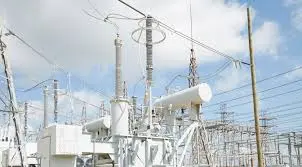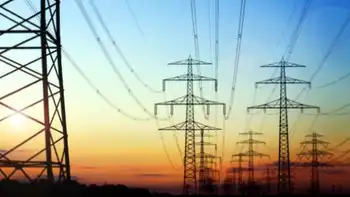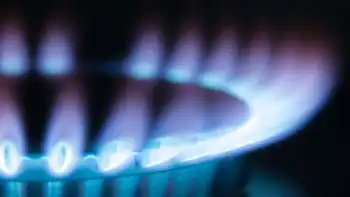Trans Bay Cable will power San Francisco
The half-billion dollar Trans Bay Cable will connect San FranciscoÂ’s electrical grid with power plants and other power sources in Pittsburg.
The cable took six weeks to be laid from a ship that reached PG&EÂ’s switch yard at Potrero Hill, according to Trans Bay Cable LLC spokesman P.J. Johnston.
Power that could be carried by the cables after installation is complete could provide 40 percent of San FranciscoÂ’s power needs, Johnston said. Installation is expected to finish by March.
The project is being rolled out by a joint venture that includes Pittsburg, which operates the Pittsburg Power Co., and private companies and investors.
Approval of the project was instrumental in shutting down an aging PG&E power plant at Hunters View in 2006.
San Francisco officials have said they hope it will eventually help them shutter a 360-megawatt Potrero Hill power plant owned by Mirant Corp.
“The energy that the Trans Bay Cable will bring into San Francisco is integral to our efforts to close the Potrero Hill plant,” San Francisco Public Utilities Commission spokesman Tony Winnicker said.
Activists, city officials and PG&E, which competes with Mirant, have argued to state regulators that the Potrero Hill power plant could be shut down once the cable is operational.
But the California Independent System Operator has ruled that would leave San Francisco vulnerable during blackouts because there is no major source of generators in the city.
In a settlement agreement, City Attorney Dennis Herrera agreed to drop city lawsuits against Mirant in exchange for an agreement that it would shutter the plant and redevelop the site once the ISO rules that it is no longer needed to protect against blackouts.
Related News

Negative Electricity Prices Amid Renewable Energy Surplus
FRANCE - In a remarkable feat for renewable energy, France has recently experienced negative electricity prices due to an abundant supply of solar and wind power. This development highlights the country's progress towards sustainable energy solutions and underscores the potential of renewables to reshape global energy markets.
The Surge in Renewable Energy Supply
France's electricity grid benefited from a surplus of renewable energy generated by solar panels and wind turbines. During periods of peak production, such as sunny and windy days, the supply of electricity exceeded demand, leading to negative prices. This phenomenon incentivizes consumers to use electricity during surplus…




